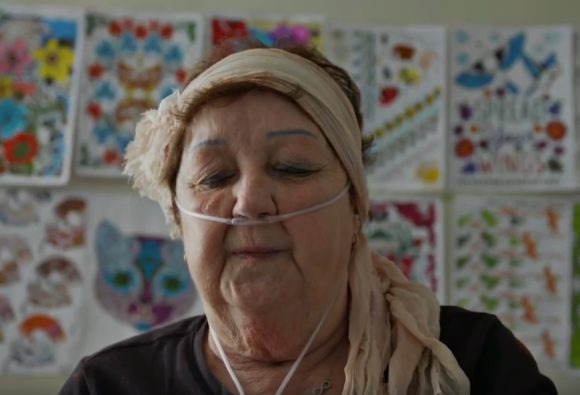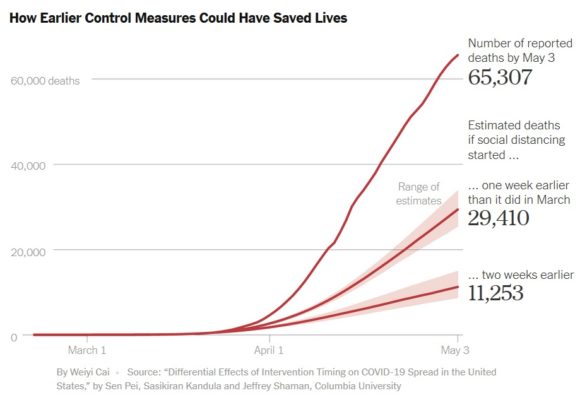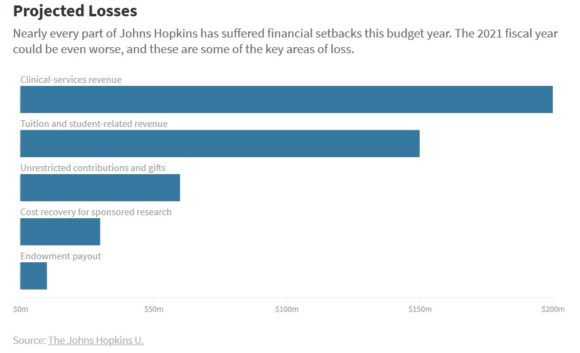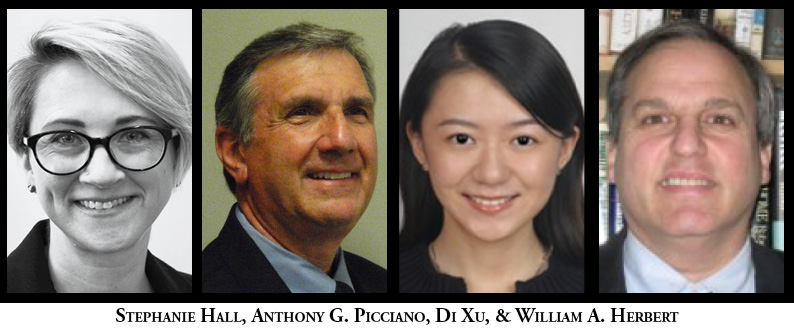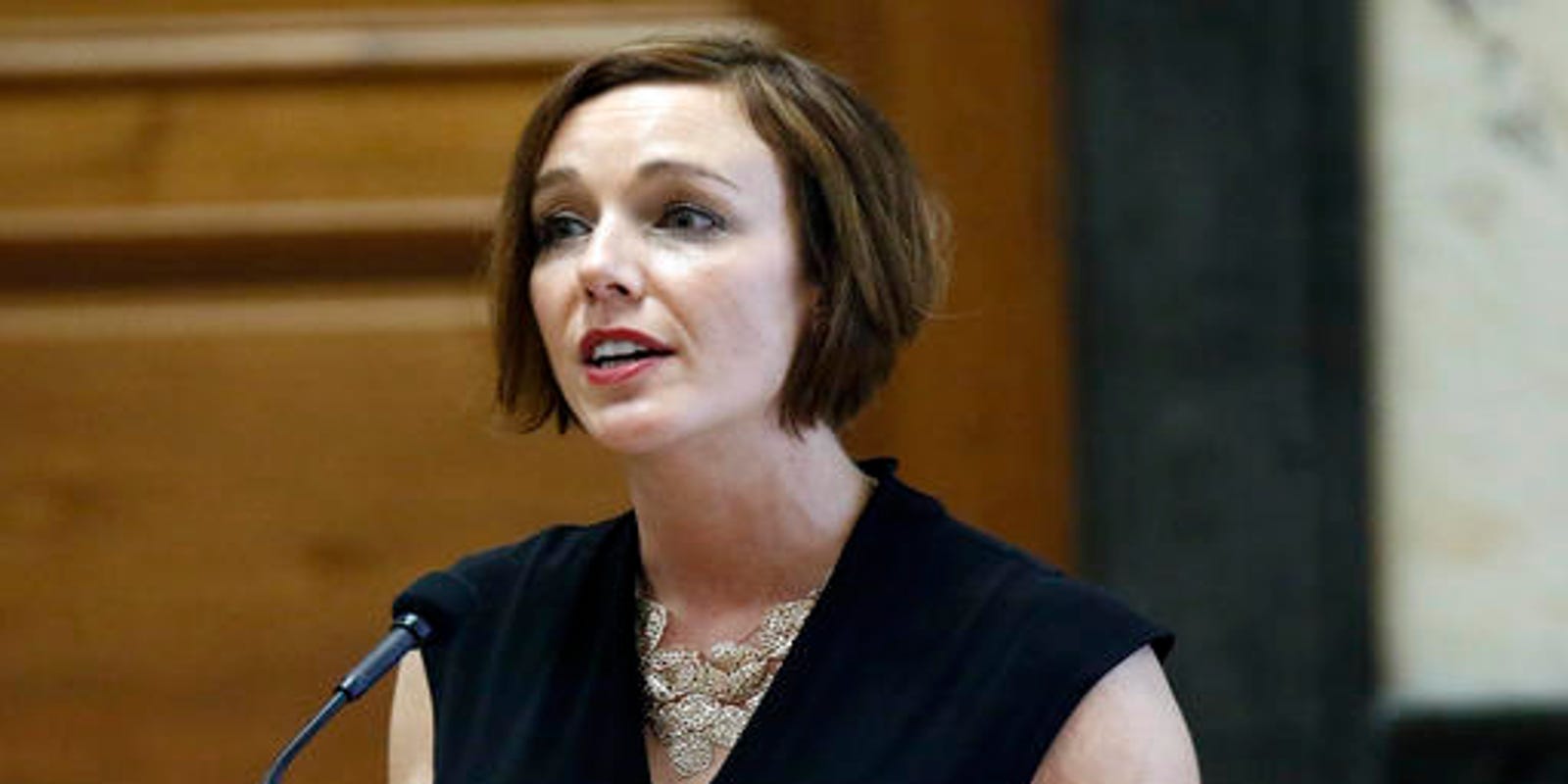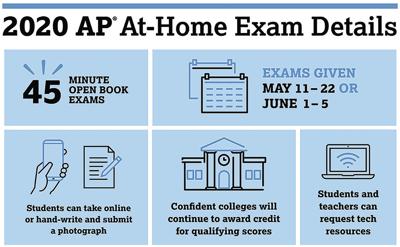
Dear Commons Community,
All over the world, there have been complaints from students, parents, high-school counselors and admissions officials, about problems with the Advanced Placement online exams. Many have described the same thing: technical glitches and an inability to submit answers. As reported by The Chronicle of Higher Education.
“How many students ran into problems? After the first day, the College Board announced that AP testing was “off to a great start,” with less than 1 percent of about 376,000 students experiencing technical difficulties. The next day, the organization said less than 1 percent of approximately 640,000 students had hit a problem. Day 3? Less than 1 percent, it said, of 456,000 students.
If the College Board’s assertions were correct, that would still amount to tech trouble with nearly 15,000 exams. But the organization’s numbers didn’t seem to square with what many high-school counselors were hearing. In emails to The Chronicle, more than a dozen said 5 to 10 percent of their students had faced technical problems that kept them from submitting exam answers.
Adam Lindley, a college counselor at St. Francis High School, in Wheaton, Ill., said “probably more than half” of the 20 St. Francis students who took the Physics C exam got messages telling them that their answers hadn’t gone through — and that they could ask to retake the test in June. Some said they had no interest in doing that. They just wanted a refund that they apparently weren’t going to receive.
“You’ve got to consider the perspective of a 17-year-old kid who’s going through e-learning right now, and then has to deal with this,” Lindley said. “I would be pissed if I was them.”
Mitchell Lipton, co-director of college guidance at the Frisch School, in Paramus, N.J., knew of 10 students who had experienced technical difficulties (135 had signed up for AP exams, though he wasn’t sure how many had ended up taking them).
After submitting their responses, students were supposed to see a message that said, “Congratulations, your exam is complete.” If not, they were supposed to see a message that said, “We did not receive your responses.” But several students at Frisch didn’t see either, Lipton said: “A lot of kids didn’t know if their exam was received; they weren’t sure if they were done.”
That complicated their decisions about what to do next. “If a student isn’t sure whether they’ve submitted a response, they can request a makeup exam,” the College Board wrote in a midweek “Troubleshooting/FAQs” email to AP coordinators. “However, once they submit a makeup request, any response they submitted for the May exam will be invalidated.” Students had 48 hours from the end of each exam to request a makeup test.
What caused the submission problems in the first place? The College Board blamed users’ technology. “Given the wide variety of devices and browsers students are using, we anticipated that a small percentage of students would encounter technical difficulties,” the organization said in a written statement.
Later, the College Board said some students had run into trouble cutting and pasting their responses: “We took a closer look and found that outdated browsers were a primary cause of these challenges.” The organization reminded students to update their browsers.
Many students took to social media to say that their browsers had been up to date all along. Some said they had been able to submit answers to one question but not the other. What was the explanation for that?
“Hey @CollegeBoard, I followed all the rules,” one student tweeted. “My browser is right and my photos are pngs. However, you recently sent me an email saying that a file was corrupted. I have all the photos with my answers — why are you making me retake the test for a problem on your part?”
As AP complaints burned away on social media, the College Board acknowledged the frustrations of some test takers. “We share the deep disappointment of students who were unable to complete their exam — whether for technical issues or other reasons,” the College Board said in a written statement. “We’re working to understand these students’ unique circumstances in advance of the June makeup exams.”
Some admissions officials blasted the organization. “The College Board’s failure to own its system’s failures or provide reasonable solutions for impacted students is a preview of the nightmare that we could expect with an online SAT or ACT,” Andrew B. Palumbo, assistant vice president for enrollment management at the Worcester Polytechnic Institute, told The Chronicle. “Testing companies that operate without adequate oversight or input from school counselors and college-admissions professionals cannot be trusted to successfully transition these assessments online until they have addressed existing issues of inequity, security, and inadequate support and service for test takers.”
Many colleges have indicated that they will grant credit for this year’s AP exams, as they’ve done in the past. Still, Eric Nichols, vice president for enrollment management at Loyola University Maryland, wondered if widespread reports of testing complications would put colleges in a difficult position.
“I envision some students who had these issues — who are told they have no choice but to retest, who then end up not doing very well — asking colleges to give them credit anyway,” Nichols said. “We were already skeptical if the online test is really measuring ability in the content area well enough to still provide credit like we normally do. But in the end, we don’t want to disadvantage the student even more by not accepting them.”
As if all of that weren’t dramatic enough, a curious thing happened over on Reddit, the ever-buzzing hive of anonymous, often coarse discussion. A user by the name of dinosauce313 created a subreddit, or specialized forum, called APTests2020. And whoever it was invited test takers to cheat on the exams. (“The only thing keeping us from success is a little anonymous cooperation.”)
Right away, other users decided that the whole thing was a flimsy College Board ploy to catch cheaters. “Looks like we found the College Board rat,” one wrote. Another put it this way: “dinosauce313, your username is exactly how I’d imagine an out-of-touch 45-year-old … at College Board googling ‘funny internet nicknames,’ getting results from a 10-year-old Tumblr page, and thinking nothing of it.”
Students had reason to jump to that conclusion. In its 2020 AP Testing Guide, the College Board had issued a warning to students: “We will be monitoring social media and discussion sites to detect and disrupt cheating. We may post content designed to confuse and deter those who attempt to cheat.”
Before long, it was online gospel that the College Board was dinosauce313, that dinosauce313 was the College Board. By midweek, the APTests2020 subreddit had morphed into a sometimes clever, sometimes depraved online protest, a 24/7 rant about testing glitches and the College Board itself. One user posted footage of a couple having sexual intercourse. Pornographic images popped up in rainbow colors. A young woman posted a video of herself slowly pulling up her Arizona State University T-shirt (“Go Sun Devils”) and shaking her bare breasts.
Zachary Goldberg, a spokesman for the College Board, stated firmly that the organization had nothing to do with dinosauce313. “As in, we have no connection to it,” he wrote in an email.
Even so, hordes of test takers on Reddit believed otherwise. Maybe, in the middle of a trying spring, they just needed to believe it. Maybe their scorn amounted to nothing more than hormonal hijinks. Or maybe it expressed deep exhaustion with standardized tests and the entities behind them that loom so large in the lives of the young and the college-bound.
Whatever the case, l’affaire de dinosauce313 was an absurd reminder of a simple fact: The pandemic that had shut down the world didn’t halt the march of Advanced Placement exams.
The tests had to go on. That’s what the College Board decided weeks earlier.
Students wanted it that way, according to Trevor Packer, a senior vice president at the College Board who oversees the Advanced Placement program. In early April he told The Chronicle that the organization’s leaders had debated the right thing to do. Cancel the exams or not? After surveying a random sample of students, Packer said, the College Board had been “overwhelmed” by their responses: Nine out of 10 said they wanted to take the exams.
“The comments were full of emotional statements,” Packer said. “Students said, ‘So much has been taken from us — prom, senior trips. Please do not take this normalcy away.’”
At the time, Packer also said this: “Nothing is perfect in this imperfect situation.”
Those words echoed in a message Packer posted this week in a Facebook group for AP coordinators. He described how the College Board had put a premium on building a secure online system that was “impervious to cyberattacks” and attempts to flood it with malware. But that meant that the system, which, he said, had deflected dozens of online attacks, had to be “very rigid.”
“We had to prioritize secure and efficient processing over some of the flexibility that it pains me we cannot provide,” Packer wrote. “We made the choice, which you can agree or disagree with, to make sure that above all, students’ chance to test was not toppled by security incidents or breaches. And the system is performing beautifully, just as intended.”
Some test takers ruthlessly ridiculed Packer online. They jeered him, among other things, for a tweet in which he warned students not to cheat: “It’s not worth the risk of having your name reported to college admissions offices.”
In the end, the College Board’s concern about cheating apparently limited the options it could offer disgruntled test takers. As Packer wrote in his Facebook post, the organization wouldn’t check to see if students had succeeded in submitting their work. Their only option was a makeup test.
“My son had a current browser,” one mother tweeted in response to the College Board. “He was able to submit the answer to first question for Calc BC (jpeg format), but second one would not go through. Could it be your server couldn’t handle the volume of submissions at the end? Can you provide them with a backup solution to submit answers?”
Many other students and parents asked the same question: If they had time-stamped photos of their answers, couldn’t they just send them to the College Board?
“Unfortunately,” the College Board tweeted in response to the mother, “there isn’t another way to submit. We recommend reading our troubleshooting page and photo-submission guidelines to ensure he did everything correctly.”
The testing saga made Wendela Shannon angry. Her daughter, Bryn, a high-school senior in Richmond, Va., had practiced uploading images to the College Board’s system twice, just to make sure it worked. It did, both times.
But when she tried to upload her answers to the first question during the Calculus BC test the very next day, she hit several snags. After trying a few different methods, she managed to upload one page — but not the second — before time expired.
After successfully uploading her answers to the second question, she included the second page of answers to the first question, too. Maybe, she hoped, a grader would read it.
“I was unhappy,” she said. “It wasn’t really my fault.”
“These kids have gotten completely dumped on here.”
Her mother called the College Board. She waited on hold for an hour and 48 minutes before speaking to a customer-service representative who, she said, wasn’t helpful: “I feel like they did a hasty and careless job implementing this because — guess what? — they didn’t want to lose all that money from canceled exams. These kids have gotten completely dumped on here.”
After four days, students around the world had taken a total of 1.64 million AP exams, which cost $94 apiece for domestic students and $124 for those outside the United States and Canada.
Bryn Shannon, bound for the Georgia Institute of Technology in the fall, decided not to take the makeup Calculus BC exam even though she had earned a 5, the top score, on the Calculus AB exam. A high score on both exams, she said, would have allowed her to bypass an entire year of calculus in college.
Still, with graduation approaching, she just wanted to move on. “They have all my answers,” she said. “They should be able to piece them together and give me the score I earned. I did it all in the time they gave me.”
During a week of technical mishaps, it was worth remembering that low-income test takers — many already contending with dated browsers and poor internet service — surely had far worse experiences than their affluent peers did. Those underserved students also weren’t as likely to have parents who would complain on Twitter or contact reporters out of the blue.”
The credibility of the College Board is at stake!
Tony

